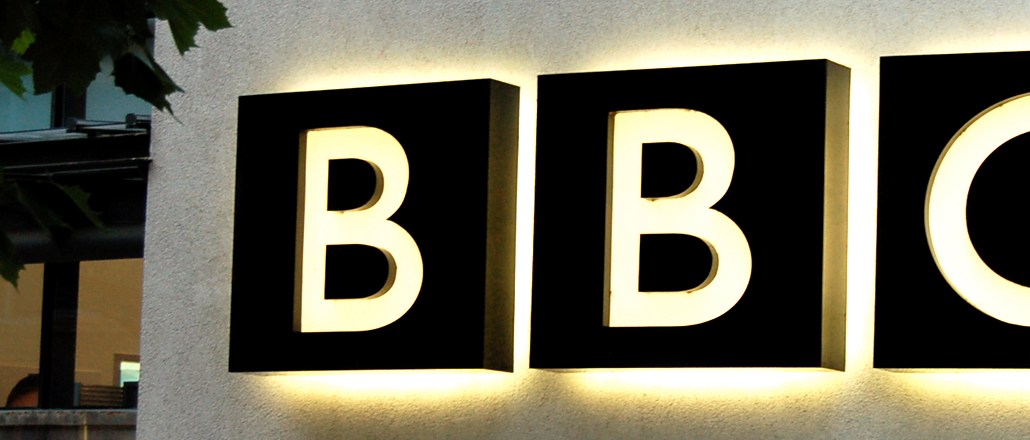Join us Dec. 1-3 in New Orleans for the Digiday Programmatic Marketing Summit

In February, the BBC saved £30 million ($40 million) by taking its youth-focused TV channel BBC Three off the air and making it online-only. In the process, though, it has had to rethink its approach to social media: Previously, the lion’s share of social content was created to drive buzz in the build-up to the main TV shows on the fixed linear TV schedule. Now, long-form shows run on its own websites, and BBC iPlayer, while short-form runs on its own platforms, as well as all social channels. Without that fixed schedule, it’s had to rethink its social distribution strategy.
Focus for its social media team is now on ensuring its reputation for short-form content is as strong as it has been for long-form, whether it sits on YouTube, Facebook, Instagram or Snapchat.
With millennials increasingly consuming more TV content online and mobile and on-demand than they do fixed TV sets, it made sense internally for BBC Three to be the channel to pioneer new formats for social. But like with all legacy businesses, there’s still a learning curve when it comes to newer platforms like Snapchat, according to BBC Three social media manager Martha Rubyan-Ling. So far so good: On Facebook, it has 1 million followers, on Twitter, 716,000; Instagram, 43,000; and Snapchat, a “small” but growing audience (it didn’t give out figures).
It’s had some success with polished short-form content like this two-minute video: “What’s your special ability?” And Other Things Not to Say to an Autistic Person,” which has had 1.5 million views on Facebook and a reach of 5.6 million.
It’s also run dozens of Facebook Live videos. These have ranged from interviews with the members of pirate radio station Kurupt FM, an interview and world-record attempt for its sitcom “Cuckoo” with American actor Taylore Lautner, and coverage of Eddie Izzard’s Marathon Man challenge in South Africa. Its latest went up during last week’s heat wave and encouraged Facebook viewers to guess which of three ice-creams would melt first.
Since its split from TV, it has also been working with other teams within the BBC to create digitally native content. It collaborated with the Digital Current Affairs team to cover the EU Referendum, for example. This was a series of videos, Facebook Live, editorial and other visual assets, which were shown across BBC Three online verticals “Daily Drop” and “Best Of,” along with Facebook, Instagram and Twitter.
The BBC, like all publishers, has had to tailor its content to meet audience expectations across different social platforms. Twitter remains the best for driving views to other social platforms. Facebook has recently cut the ability to link out to other social platforms, which has made things more difficult, said Rubyan-Ling.
It has experimented with new Twitter formats, too, like creating funny mash-ups which address trending topics. For example, after the release of “Captain America: Civil War,” #GiveCaptainAmericaABoyfriend began trending on Twitter. BBC Three created a mash-up riffing on the homoerotic tension between characters Steve Rogers and Bucky Barnes. It was retweeted 10,000 times.
We saw that #GiveCaptainAmericaABoyfriend was trending on Twitter and thought… doesn’t he already have one?https://t.co/ZxxrGXl4Os
— BBC Three (@bbcthree) May 24, 2016
In its TV days, any long-form show would have been teased with a one-minute clip on social platforms. Despite its core audience being millennials, many still get confused if BBC Three posts content that strays from that format. “If we ever put five-minute or eight-minute videos on YouTube, people often comment: ‘Is that it? Where’s the rest?’” said Rubyan-Ling. “That’s one of the biggest challenges we have: building that awareness that we do have short-form content.”
Not falling into the volume trap
But building awareness doesn’t just mean volume. It’s selective about what it creates, so as not to bombard. Currently, it publishes an average of five pieces to Facebook a day, one Facebook Live video a week, four to Instagram and 20 on Twitter. With Snapchat, there’s no set amount yet.
The BBC isn’t a Snapchat Discover partner; therefore, it has the same visibility challenges on Snapchat as other publishers. Although it’s been on Snapchat since January 2015, it has stepped up its activity there since the online migration. “Because we’ve come from the TV world, one of the big challenges has been how to bring the independent production companies and talent with us and get them thinking about Snapchat and social content while on shoots.”
New shows will sometimes be announced via BBC Three talent via Snapchat. When it does run stories on the platform though, it notices higher levels of engagement from the audience: 70 percent, on average, watch the content. “Snapchat has to be treated very differently to any other platform, and we’re still exploring what formats engage people on there,” said Rubyan-Ling. “We just need to do more and find the people to manage it. With some of the newer platforms, it’s just as important to have smaller, more niche audiences, and figure out the most clever way to engage them.
More in Media

WTF are synthetic audiences?
Publishers and brands are using AI to create a copy of audience behavior patterns to conduct market research faster and cheaper.

Forbes launches dynamic AI paywall as it ramps up post-search commercial diversification plans
For the latest Inside the publisher C-Suite series, Digiday spoke to Forbes CEO Sherry Phillips on its AI-era playbook, starting with its AI-powered dynamic paywall to new creator-led commercial opportunities.

Creators embrace Beehiiv’s push beyond newsletters
Creators are embracing Beehiiv’s new website, product and analytics tools to help them grow beyond the competitive newsletter space.





